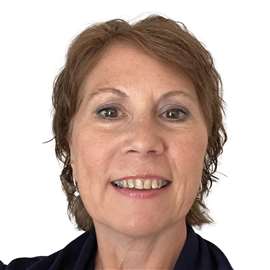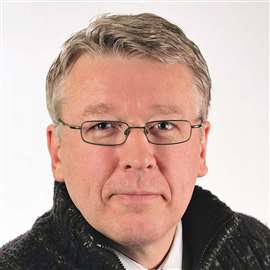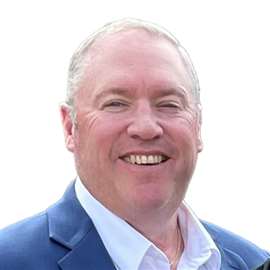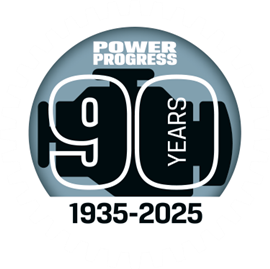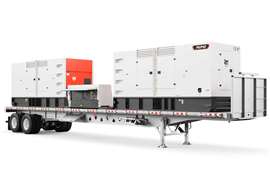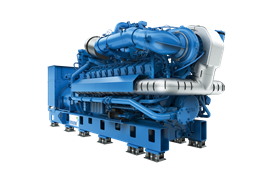Digital Control System Supports Power Plant Flexibility
29 May 2019
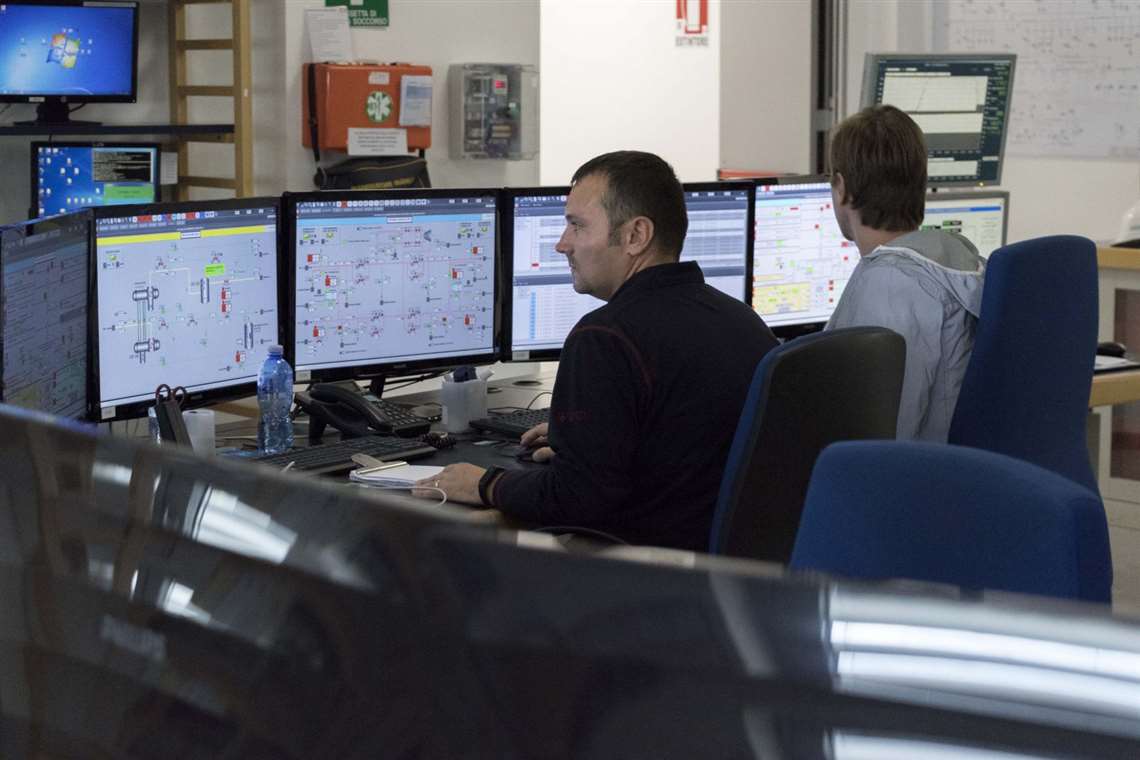
This paper describes the installation of a new Digital Control System (DCS) by Siemens in the Sorgenia’s power generation site in Termoli, Italy.
Sorgenia is one of Italy’s leading energy providers and directly operates four combined cycle power generation sites with gas turbines (CCGT) across Italy: at Termoli, Modugno, Bertonico-Turano Lodigiano and Aprilia, which together can generate around 3.2 GW of power for the Italian national grid.
As the energy market in Italy has changed in recent years Sorgenia has developed a future strategy that involves end-to-end digitalization of the entire business. The company’s vision is Go Digital, and Siemens is playing its part in helping this vision become reality.
The market revolution in Italy
Major performance improvements were urgently required following the financial crash of 2008, which accelerated changes in energy markets, not just in Italy but right across Europe. Between 2012 and 2017, 12 major thermoelectric power plants in Italy were permanently closed, reducing the reserve margin in the grid to an unusually low level.
At the same time, there has been faster than anticipated growth in the use of renewable energy (wind and solar). Renewables now form a much larger proportion of the total energy mix and this has changed the ways in which existing thermoelectric power plants are required to operate.
For Sorgenia, these changes led to a rethink in investment and operational priorities. The implications for the Termoli plant were especially important and the new Digital Control Systems (DCS) has helped enhance the flexibility and reliability of the Termoli operation, which was originally designed as a basic plant, though always focused on automation and flexibility.
Termoli at present delivers an average of 150 million kWh of power each month, equivalent to the total electricity needs of a town with 500 000 inhabitants. Originally, the plant was supposed to start-up and shut-down once each week, running continuously from Monday morning to Friday evening.
Now, however, Termoli is largely used for balancing and this means the plant’s operations are fully market-driven, with production coming online as contracts require, often at very short notice.
Monthly power output is delivered in bursts: 20 or more each month. Out of a possible 8760 hours of production available each year, Termoli actually runs at full power for around 2000 hours, providing additional power to the grid as required. As a result of this new operational reality, the Termoli plant carries out around 300 start-up and shut-down cycles every year.
The main driver for this operational change is the influence of what is known as the Ancillary Market. This requires producers to bid for power despatch slots on the basis of Day Ahead, Intra-Day, or Marginal & Balancing contracts.
For plants able to participate in this market good margins can be made, but the demands are challenging. Plants need the ability to start and stop very frequently, to ramp up fast (in about 20 minutes to full output) and get online at very short notice (30 minutes is not uncommon).
Traditionally designed and managed power generation plants normally cannot meet these challenges. At Termoli, for example, more frequent start-up and shut-down leads to additional wear and tear on machinery, and the plant was not originally designed for this form of operation.
The new DCS
Therefore, Sorgenia decided a fully digitized approach would be needed at Termoli to reduce the amount of time needed for the start-up phase; achieve steeper, faster ramp-up to target power output; make start-up not just faster but more reliable; and cut wear and tear, while reducing auxiliary fuel consumption.
In a market characterized by much higher levels of flexibility, the DCS must enable transparency, agility and exceptional responsiveness, which made replacement and transformation of the existing control system at Termoli a top priority.
The original DCS was supplied by another manufacturer in 2006 and was never designed to handle the challenges of a liberalized marketplace. It was based on mature technology and it was clearly necessary to select a more advanced solution with full digitalization.
The complete replacement of another manufacturer’s control systems by Siemens needed to avoid disruption and ensure seamless continuity of operations, as the new Siemens DCS became fully operational. The new DCS had to be installed, tested and validated during a single scheduled maintenance period of around a month. The Siemens team therefore decided that field sensors and their interface modules should be left in place to avoid the need for lengthy testing.
The Siemens SPPA-T3000 DCS is a true “digital native” system, custom-built to deliver the operational and cost advantages that come from successful digitalization. The DCS interfaces with 20 000 networked sensors installed across the entire plant and this enables weak signals to be picked up, then continuously monitored and analyzed in real time.
System management
Every significant component within the Termoli power generation system is monitored through the sensor network, delivering real-time or near real-time data for analysis and interpretation by the advanced SPPA-T3000 data systems. Diagnostic information is available on a continuous basis, and this can be clearly visualized and presented to engineering staff to enable effective, 24/7 operational management.
This permits a small team of skilled engineers to exercise complete operational control, informed and supported by management data that is both complete and easy to understand. Today, monitoring can be efficiently performed by a single staff member at any given moment.
As the SPPA-T3000 DCS is a true digital native system, it includes the capability to build a virtual representation of the entire Termoli site and all its operational systems. Known as a “digital twin”, this could potentially enable engineering staff to carry out detailed scenario planning: testing how specific components or groups of components perform under pressure, while discrepancies giving cause for concern can be investigated without having to shut down the plant for physical investigation.
Smart actuators enable rapid diagnostics to be carried out on all components, while real-time monitoring ensures that predictive management, based on this same set of techniques, is used to reduce downtime (planned as well as unplanned).
A fully-digitized DCS also enables much greater operational flexibility. To give one example: the SPPA-T3000 DCS was used to make a last-minute change to the maintenance schedule at a time of unusually high market demand. By postponing routine maintenance at virtually no notice, it was possible for Termoli to bid for and win contracts for immediate despatch, leading to a one-off profit gain. Before digitalization, this would not have been possible.

Project execution
Currently Siemens has deployed 2500 digital control systems worldwide, similar to the SPPA-T3000 DCS for Termoli, and it is also directly managing 37 thermoelectric power plants, with total capacity of 23 GW, on behalf of customers. This hands-on operational experience is important in helping Siemens to build experience of day-to-day management, gaining insights to how technology responds under the unpredictable conditions of real-world operations.
Once Siemens had been appointed for the Termoli project, the entire process of design, preparation and installation moved at high speed, taking a total of eight months from first discussions to operational commencement. This period included site planning, analysis and construction, testing and activation. Installation itself was carried out during a 35-day period of planned downtime. There were no over-runs and the extremely demanding schedule was met in full.
The success of the project owes a great deal to the preparation Siemens carried out in advance. This included extended site visits, building a detailed picture of all systems and processes used at Termoli, together with a meticulous project design phase. In addition, the SPPA-T3000 system is exceptionally easy to manage and program, enabling some process stages to be compressed and shortened.
The Termoli experience demonstrates that Siemens can successfully install its SPPA-T3000 DCS in one month, which is believed to be faster than any other player in the industry. The key to this combination of speed and accuracy is the ability to carry out work to an existing cabinet without the need for unwiring and rewiring.
The Siemens engineering team tested sensor connections in advance to validate the functionality of connections between cabinets and sensors in the field, without the need for additional looping or loop tests. Instead, Siemens used its own desk lab to carry out loop parameter finding by validating existing loop tuning values and ensuring these worked effectively with the new Siemens system. As a result of this skilled and detailed lab testing, the Termoli SPPA-T3000 started-up after installation and operated normally, without tripping or other issues with control loops.

After the first year of operation, no major faults have been discovered and the targeted operational benefits have been not just successfully delivered, but exceeded, with key indicators now showing a 50% improvement compared with the past. Sorgenia is now able to use classic business KPIs to measure performance, further simplifying and accelerating end-to-end business management.
The Termoli plant is now entirely run by a team of 20 staff. Emergency calls for engineers outside working hours have almost disappeared (only two in the whole of the past year). The success of the project has been marked by a new five-year contract for on-site maintenance and management support.
POWER SOURCING GUIDE
The trusted reference and buyer’s guide for 83 years
The original “desktop search engine,” guiding nearly 10,000 users in more than 90 countries it is the primary reference for specifications and details on all the components that go into engine systems.
Visit Now
STAY CONNECTED




Receive the information you need when you need it through our world-leading magazines, newsletters and daily briefings.
CONNECT WITH THE TEAM
